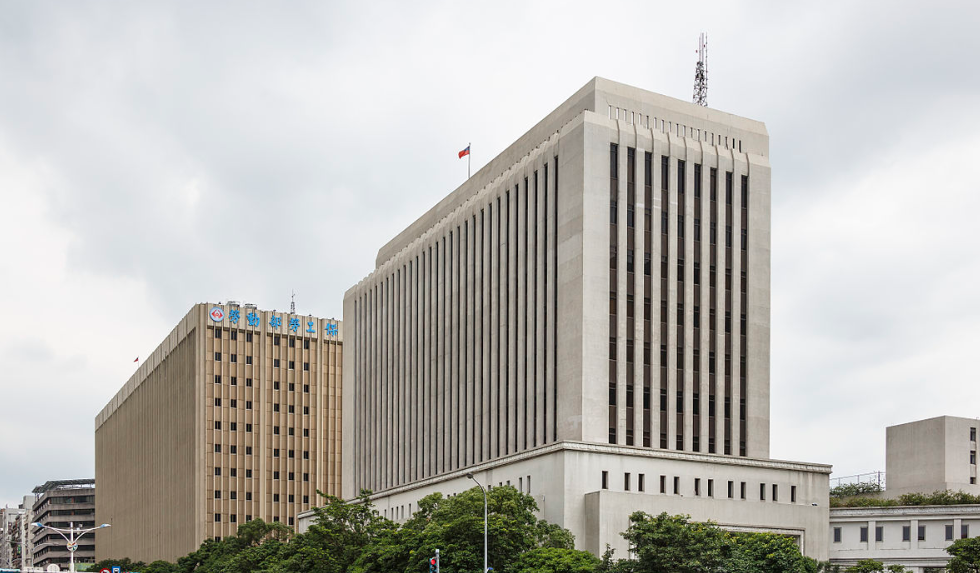WRAPUP 3-China unexpectedly cuts key rates as economic data disappoints
Retail sales, which only just returned to growth in June, rose 2.7% from a year ago, missing forecasts for 5.0% growth and the 3.1% growth seen in June. "The July data suggest that the post-lockdown recovery lost steam as the one-off boost from reopening fizzled out and mortgage boycotts triggered a renewed deterioration in the property sector," said Julian Evans-Pritchard, senior China economist at Capital Economics.

- Country:
- China
China's central bank cut key lending rates in a surprise move on Monday to revive demand as data showed the economy unexpectedly slowing in July, with the factory and retail activity squeezed by Beijing's zero-COVID policy and a property crisis. The grim set of figures indicates the world's second-largest economy is struggling to shake off the June quarter's hit to growth from strict COVID restrictions, prompting some economists to downgrade their projections.
Industrial output grew 3.8% in July from a year earlier, according to the National Bureau of Statistics (NBS), below the 3.9% expansion in June and a 4.6% increase expected by analysts in a Reuters poll. Retail sales, which only just returned to growth in June, rose 2.7% from a year ago, missing forecasts for 5.0% growth and the 3.1% growth seen in June.
"The July data suggest that the post-lockdown recovery lost steam as the one-off boost from reopening fizzled out and mortgage boycotts triggered a renewed deterioration in the property sector," said Julian Evans-Pritchard, senior China economist at Capital Economics. "The People's Bank of China is already responding to these headwinds by stepping up support... But with credit growth proving less responsive to policy loosening than in the past, this probably won't be sufficient to prevent further economic weakness."
China's economy narrowly escaped a contraction in the June quarter, hobbled by the lockdown of the commercial hub of Shanghai, a deepening downturn in the property market, and persistently soft consumer spending. Risks still abound as many Chinese cities, including manufacturing hubs and popular tourist spots, imposed lockdown measures in July after fresh outbreaks of the more transmissible Omicron variant were found.
The property sector, which has been further rocked by a mortgage boycott that weighed on buyer sentiment, deteriorated in July. Property investment tumbled 12.3% in July, the fastest rate this year, while the drop in new sales deepened to 28.9%. Nie Wen, the Shanghai-based economist at Hwabao Trust, lowered his forecast for the third-quarter gross domestic product growth by 1 percentage point to 4-4.5%, after the weaker-than-expected data. "Now it is looking increasingly challenging to even achieve the 5-5.5% growth in the second half."
BALANCING ACT In order to prop up growth, the central bank on Monday unexpectedly lowered interest rates on key lending facilities for the second time this year.
Chinese policymakers are trying to balance the need to shore up a fragile recovery and eradicate new COVID clusters. As a result, the economy is expected to miss its official growth target this year - set at around 5.5% - for the first time since 2015. Fu Linghui, the NBS spokesman, attributed the July weakness to sporadic COVID outbreaks and heatwaves in southern China that affected activity, against the backdrop of slowing global economic recovery and high inflation.
In eastern Zhejiang province, the city of Yiwu, a key global supplier of small and cheap products, has been wrestling with COVID-related disruptions on and off since July. Many parts of the city have been thrown into an extended lockdown since Aug. 11. "We've halted factory production since the city imposed a 'quiet mode'," said a sales manager at a Yiwu factory that makes consumer goods.
Fixed asset investment, which Beijing hopes will compensate for slower exports in the second half, grew 5.7% in the first seven months of the year from the same period a year earlier, versus a forecast 6.2% rise and down from a 6.1% jump in January-June. The employment situation remained fragile. The nationwide survey-based jobless rate eased slightly to 5.4% in July from 5.5% in June, although youth unemployment stayed stubbornly high, reaching a record 19.9% in July.
The rate cut and weak activity data come after official figures on Friday showed new yuan loans tumbled by more than expected in July as companies and consumers stayed wary of taking on debt. However, Wang Jun, director at China Chief Economist Forum, sees limits to further stimulus and believes authorities will instead focus on implementing existing policies even as economic weakness persists.
"We are now facing a typical liquidity trap problem. No matter how loose the credit supply is, companies and consumers are cautious in taking on more debt," Wang said. "Some of them are now even paying back their debt in advance. This may herald a recession."
(This story has not been edited by Devdiscourse staff and is auto-generated from a syndicated feed.)
ALSO READ
Biden to warn on Beijing's South China Sea moves in Philippines-Japan summit
Biden warns on Beijing's South China Sea moves in Philippines-Japan summit
U.S., Japan, Philippines condemn Beijing's South China Sea moves in summit
China top legislator Zhao says Beijing, Pyongyang set on developing friendly relations, KCNA says
Online videos show Chinese runner being gifted win in Beijing half marathon










